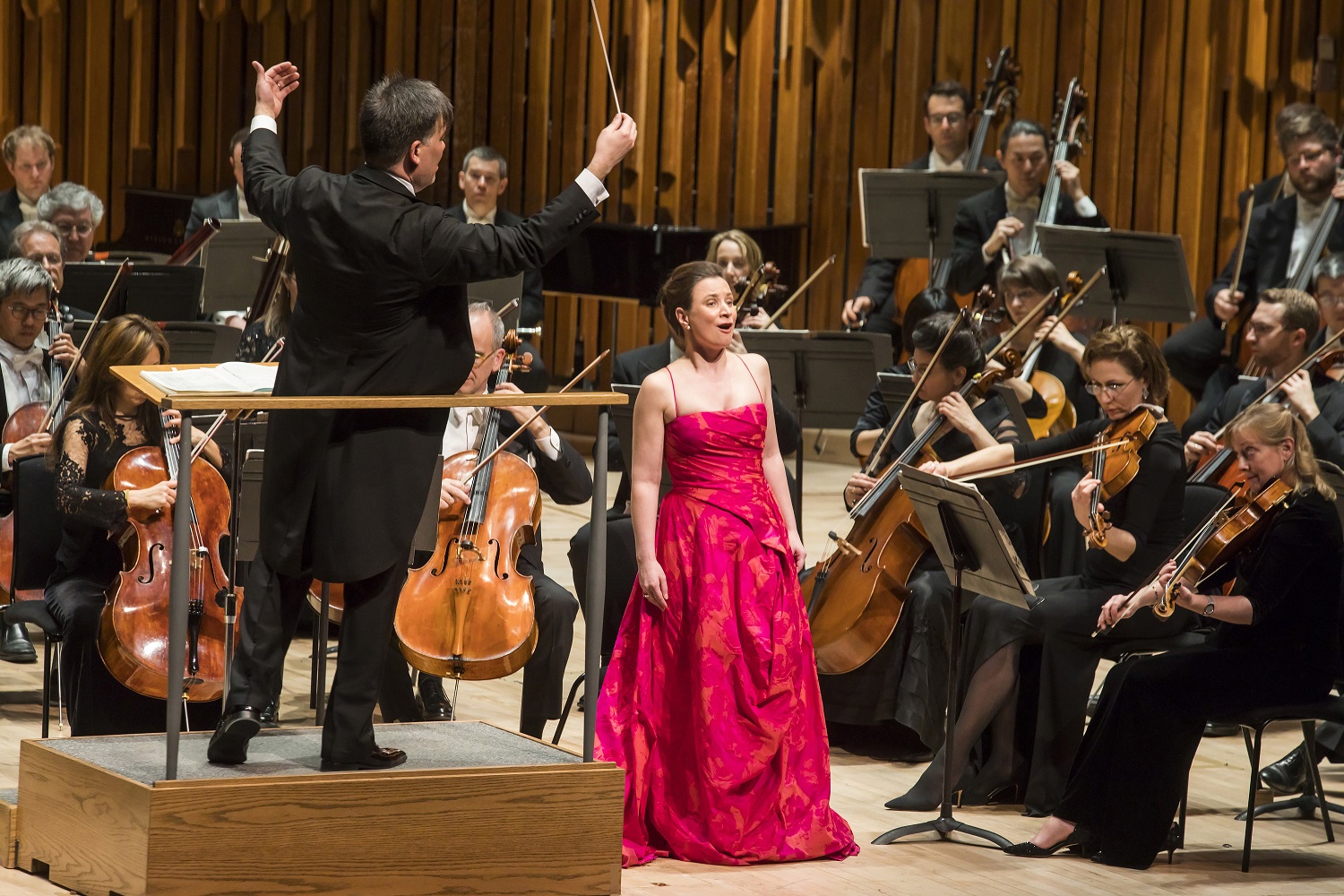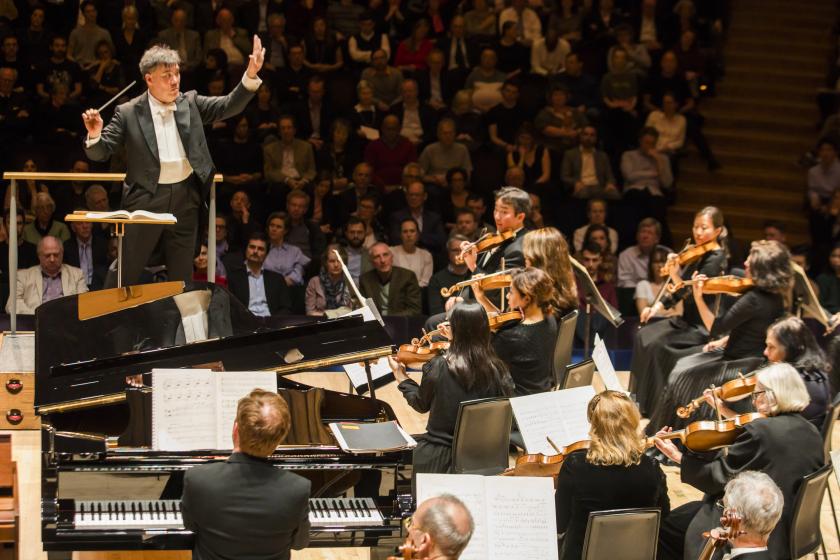Alan Gilbert chose a surprisingly low-key programme to open the New York Philharmonic’s three-day Barbican residency, Bartók’s genre-defying Music for Strings, Percussion and Celesta and Mahler’s modest Fourth Symphony. But it proved an engaging combination, and showed off many of the orchestra’s great strengths. Gilbert himself led with a steady hand, although his tempos were often propulsive, and even if some of the Mahler felt superficial, there were many moments of magic, especially in the last two movements, welcome reminders of the orchestra’s considerable form with this music.
Bartók’s score, despite its concertante keyboards and percussion, is all about the strings, and from the very opening it was clear that the string section is playing at top form for Gilbert. The tone is open and clear, but with a depth and character that makes every phrase deeply satisfying. Gilbert emphasised continuity, deftly negotiating the changes of tempo and texture to create a sense of even flow across each movement. As stipulated in the score, the strings were arranged symmetrically in two groups, with the keyboards centre stage, although the stifling Barbican acoustic obscured any sense of antiphonal exchange. The keyboard players integrated seamlessly into the texture, both employed primarily for colour, and providing it beautifully. More prominent was the timpanist, Markus Rhoten, whose interjections give the work its propulsive force. We hear patient accompaniments, violent outbursts, and even occasional glissandos, and all were delivered with panache.
Mahler’s Fourth is another work that relies on the conductor to create continuity across many time changes and switches of mood, and Gilbert again proved equal to the task. He made light work of the often tortuous gear change on the first page of the score, and from then on the opening movement was all lightness and grace. Tempos here were swift and rubato slight, but the music was still shaped with elegance, and Gilbert was able to fully exploit the beautiful orchestral sounds at his disposal. Mahler’s woodwind solos usually feel like liberated caprices from the weighty orchestral tone, but here they had the reverse effect, the rich tone of each of the players grounding the music is spite of Gilbert’s fleet tempos. Similarly, in the second movement, concertmaster Frank Huang played the scordatura violin solos with such elegance and depth of tone that it was hard to hear that the instrument had been retuned. This movement too benefitted from Gilbert’s fast pace and light touch. Vibrato from the solo horn, Philip Myers, was a surprising feature here – it’s a contentious topic, but the taste with which the vibrato was applied seemed unlikely to offend.
In the third movement, Gilbert finally held back, giving an expansive and thoughtful reading that did full justice to the many contrasting episodes. A sentimentality crept into some of the string passages, wholly at odds with the preceding Bartók. But even here, Gilbert maintained tight control, the phrases lovingly shaped, but clearly in accordance with a solid structural plan. There was little spontaneity, and the often indulgent Luftpausen between phrases sometimes felt stilted, but, again, the sheer elegance of the string playing and the woodwind solos redeemed all. Soprano Christina Landshamer (pictured above, photograph by Chris Lee) has a dark, focussed tone, the ideal complement to the New York Philharmonic sound. It’s not a big voice though, and was occasionally at risk of being swallowed up by the orchestra. But Gilbert seemed aware of the danger, and usually held back. Landshamer has good articulation, and gave an expressive account of orchestral song with which the symphony concludes. But, as with much of the orchestral playing that preceded her, the sheer sophistication of her reading seemed at odds with the spirit of the music, with nothing of the "happy childlike manner" that the score stipulates. Gilbert, by contrast, returned to a more straightforward approach in the finale, maintaining a steady pace, but for the sudden pull back at each of the last line refrains "Sanct Peter im Himmel sieht zu!"
Soprano Christina Landshamer (pictured above, photograph by Chris Lee) has a dark, focussed tone, the ideal complement to the New York Philharmonic sound. It’s not a big voice though, and was occasionally at risk of being swallowed up by the orchestra. But Gilbert seemed aware of the danger, and usually held back. Landshamer has good articulation, and gave an expressive account of orchestral song with which the symphony concludes. But, as with much of the orchestral playing that preceded her, the sheer sophistication of her reading seemed at odds with the spirit of the music, with nothing of the "happy childlike manner" that the score stipulates. Gilbert, by contrast, returned to a more straightforward approach in the finale, maintaining a steady pace, but for the sudden pull back at each of the last line refrains "Sanct Peter im Himmel sieht zu!"
No great theatrics, then, from Alan Gilbert, nor any radical interpretive decisions, although the steadiness and focus that he brought to both scores proved valuable. One final surprise came in the closing bars, where the music reduces down to just the solo harp (Nancy Allen, excellent in both works). Mahler instructs that this should die away to nothing, but also accents each note. Here, every note was clearly intoned, bringing the symphony to unusually decisive end, a curious decision, but one that sat well with the reading as a whole – definite, well-structured, unambiguous, but above all done with elegance and conviction.














Add comment